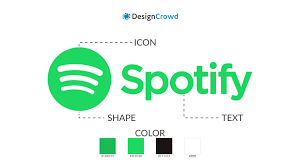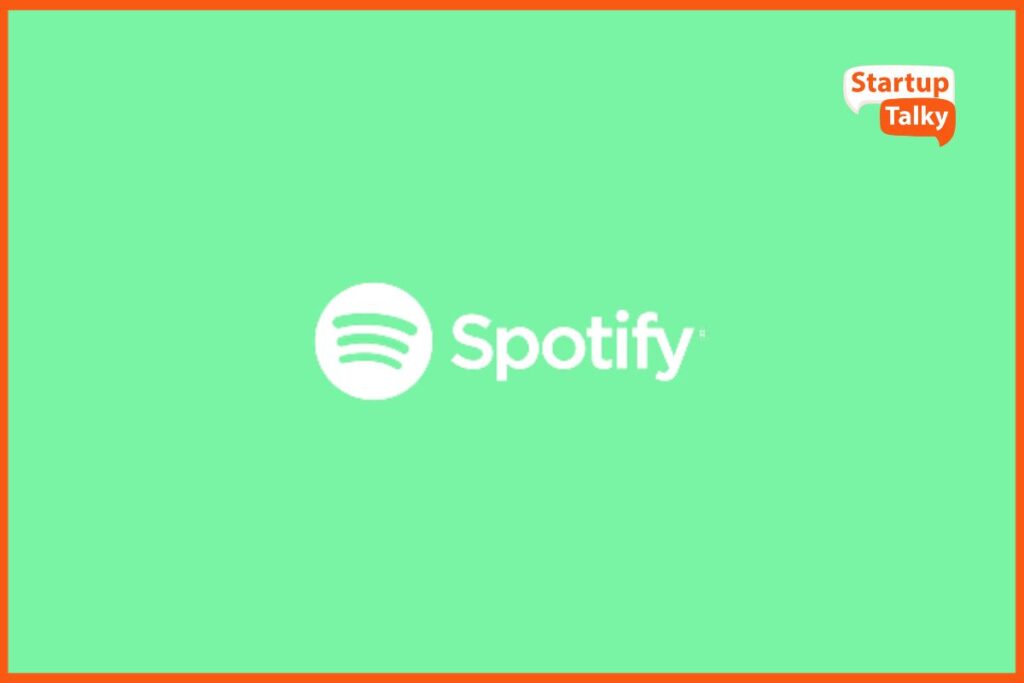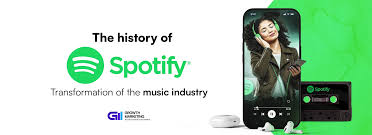Spotify History: From Startup Idea to Global Music Giant

Spotify history is a fascinating story of how one small idea changed the way the world listens to music. Spotify history begins in 2006 when Daniel Ek and Martin Lorentzon, two tech entrepreneurs from Sweden, wanted to make music easy and legal for everyone. They wanted to fight music piracy and create a platform where people could find any song they wanted instantly. Over time, Spotify history shows how the platform grew from a tiny Swedish startup to one of the biggest music streaming services in the world. Today, millions of people use Spotify every day to listen to songs, podcasts, and playlists, making it a household name in almost every country.
Spotify history is also a story of innovation and adaptation. From launching free streaming with ads to introducing premium subscriptions, the platform changed how artists reach listeners and how fans discover music. Spotify history shows key milestones, like the launch of personalized playlists such as “Discover Weekly,” partnerships with big artists, and the introduction of podcasts. The company also expanded globally, now available in over 180 countries. By studying Spotify history, we can understand not just a tech company’s success but also how music streaming reshaped the entire music industry.
Spotify History: From Startup Idea to Global Music Giant

Spotify history is a fascinating journey of how a small idea turned into a worldwide music revolution. Spotify history begins in 2006 when two Swedish entrepreneurs, Daniel Ek and Martin Lorentzon, wanted to create a legal way for people to listen to music online. At that time, piracy was a big problem, and people were downloading songs illegally. Ek and Lorentzon imagined a platform where users could find any song instantly, stream it legally, and support artists at the same time. This idea laid the foundation for Spotify history and set the stage for what would become one of the most popular music streaming services in the world.
Spotify history is also a story of innovation. From its early days in Sweden, Spotify focused on making music accessible to everyone. The platform combined free streaming with ads and paid premium subscriptions, giving users choices to enjoy music in their own way. Spotify history shows how smart technology, personalized playlists, and user-friendly apps helped it grow quickly. Over the years, Spotify has expanded globally, offering millions of songs, podcasts, and playlists, changing how people listen to music everywhere.
The Beginning of Spotify History
Spotify history officially started in 2006 when Daniel Ek, a young tech entrepreneur, and Martin Lorentzon, a business expert, teamed up. Their goal was simple: stop music piracy and make music streaming legal and easy. In 2008, Spotify launched in Sweden with a small group of users. Early Spotify history focused on building a strong platform, ensuring songs could be streamed quickly without interruptions. Users could create playlists, search for songs, and explore new music legally for the first time in a long time. This early stage of Spotify history was crucial for shaping the company’s future success.
Spotify History: Expansion and Growth
After launching in Sweden, Spotify history entered new markets. By 2011, it reached the United States, one of the most competitive music markets in the world. Spotify history shows that the platform quickly became popular because it offered something unique: legal streaming for free with ads and unlimited listening for premium subscribers. Spotify history highlights several innovations, such as personalized playlists, offline listening, and high-quality audio streaming. These features made it stand out from competitors and helped it gain millions of loyal users worldwide.
Key Milestones in Spotify History
Spotify history is full of important milestones that changed music streaming forever. Some of the biggest moments include:
- 2008: Launch in Sweden
- 2011: Expansion to the US
- 2015: Introduction of “Discover Weekly,” a personalized playlist based on listening habits
- 2017: Spotify reached 140 million active users globally
- 2020: Podcast platform expansion, adding exclusive shows and creator tools
- 2021: Spotify becomes available in over 180 countries
Each milestone in Spotify history shows the company’s focus on growth, innovation, and connecting artists with listeners.
Spotify History and Personalized Playlists

One of the most exciting parts of Spotify history is how it changed music discovery. Playlists like Discover Weekly and Release Radar use algorithms to recommend songs based on a user’s listening habits. Spotify history shows that this approach not only increased user engagement but also helped new artists reach audiences faster. Personalized playlists became a hallmark of Spotify history and a major reason why millions of people love the platform today.
Spotify History and Podcasts
Spotify history isn’t just about music. In recent years, podcasts have become a huge part of the platform. Spotify history highlights the company’s investment in podcasting, including exclusive deals with popular creators and the acquisition of podcast companies. Today, users can find music and podcasts in one place, making Spotify a complete audio platform. Spotify history shows that this strategy helped it compete with other audio platforms and expand its audience even further.
Challenges in Spotify History
No journey is without challenges, and Spotify history is no different. The company faced issues such as:
- Competing with other streaming services like Apple Music and YouTube Music
- Negotiating licensing deals with record labels
- Balancing free users with premium subscribers
Spotify history demonstrates how careful planning, innovation, and strong leadership helped overcome these challenges, allowing the platform to thrive in a competitive industry.
Spotify History Today
Today, Spotify history reflects a global music giant used by millions every day. Spotify offers over 100 million songs, thousands of playlists, and millions of podcasts. Spotify history shows how it continues to evolve with new features like social sharing, collaborative playlists, and AI-powered recommendations. From its early days in Sweden to becoming a worldwide platform, Spotify history proves that a small idea can grow into a global success with the right vision and execution.
The Impact of Spotify History on Music
Spotify history is more than a company story; it’s a story of the music industry itself. Spotify history shows how streaming changed how people listen to songs, how artists release music, and how the world discovers new artists. Many musicians now rely on Spotify history to reach fans, grow their audience, and earn revenue. Spotify history has reshaped the music world, making it easier than ever for everyone to enjoy music legally and conveniently.

Conclusion
Spotify history is a journey of innovation, challenges, and global success. From a small Swedish startup to a worldwide leader in music streaming, Spotify history shows how a simple idea can change the world. With personalized playlists, podcasts, and millions of songs, Spotify history continues to impact listeners and artists alike.
FAQs
Q1: When was Spotify launched?
Spotify was launched in 2008 in Sweden by Daniel Ek and Martin Lorentzon.
Q2: What makes Spotify history unique?
Spotify history is unique because it transformed music streaming, made personalized playlists popular, and expanded globally while supporting artists.
Q3: How did Spotify history impact the music industry?
Spotify history changed music consumption by reducing piracy, increasing streaming, and providing new ways for artists to reach listeners.
Q4: What are some milestones in Spotify history?
Some key milestones in Spotify history include launching in the US, introducing Discover Weekly, and expanding into podcasts.
Q5: Is Spotify available worldwide?
Yes, Spotify history shows it is now available in over 180 countries with millions of songs and podcasts.


